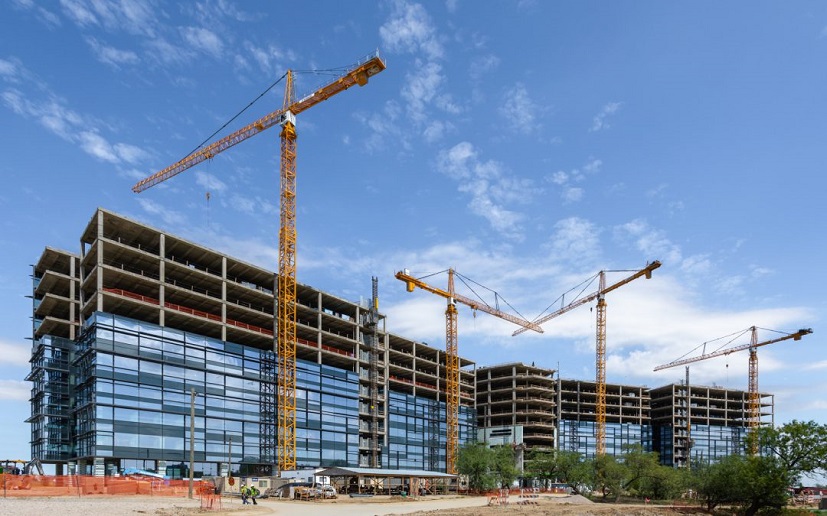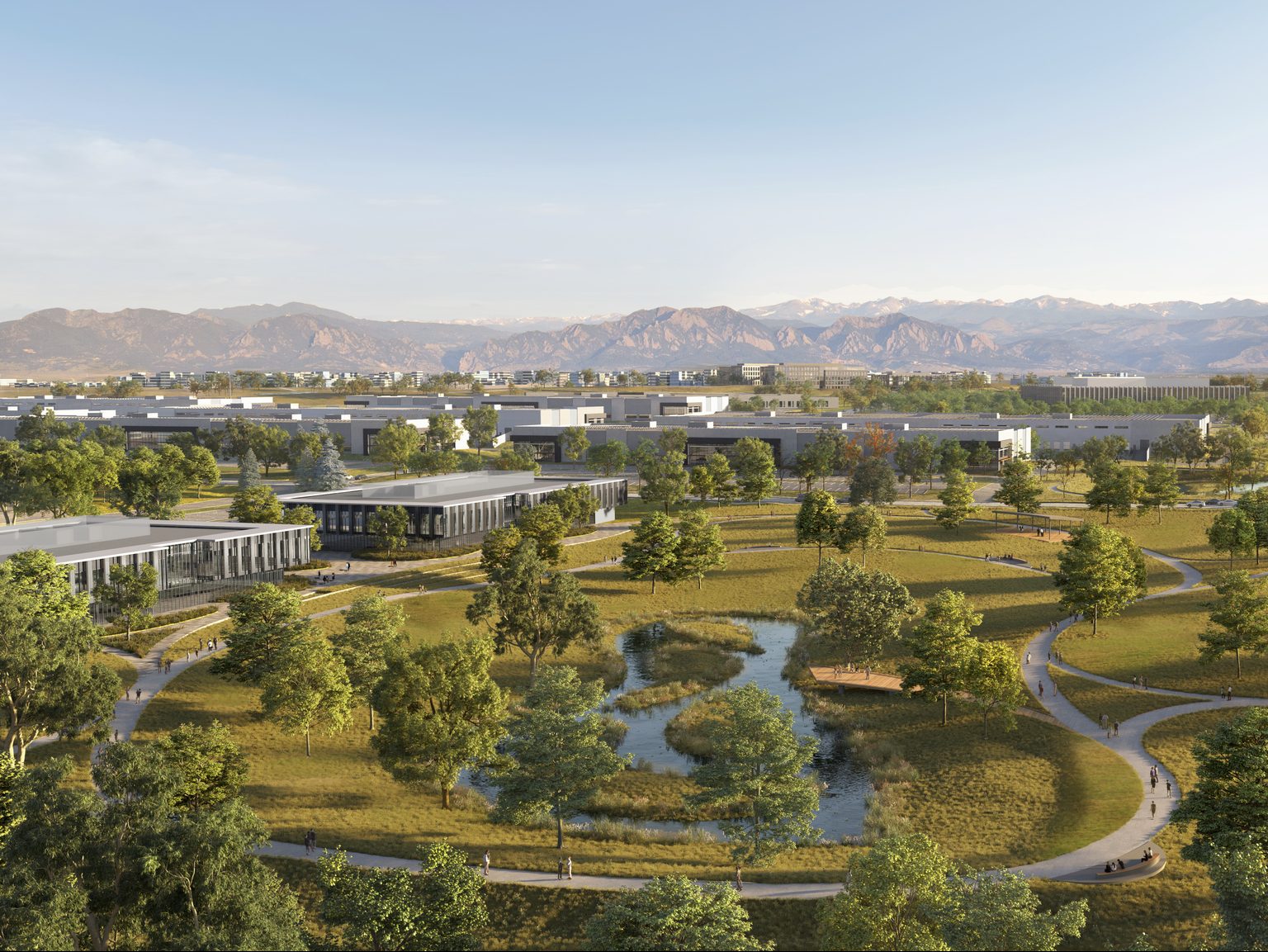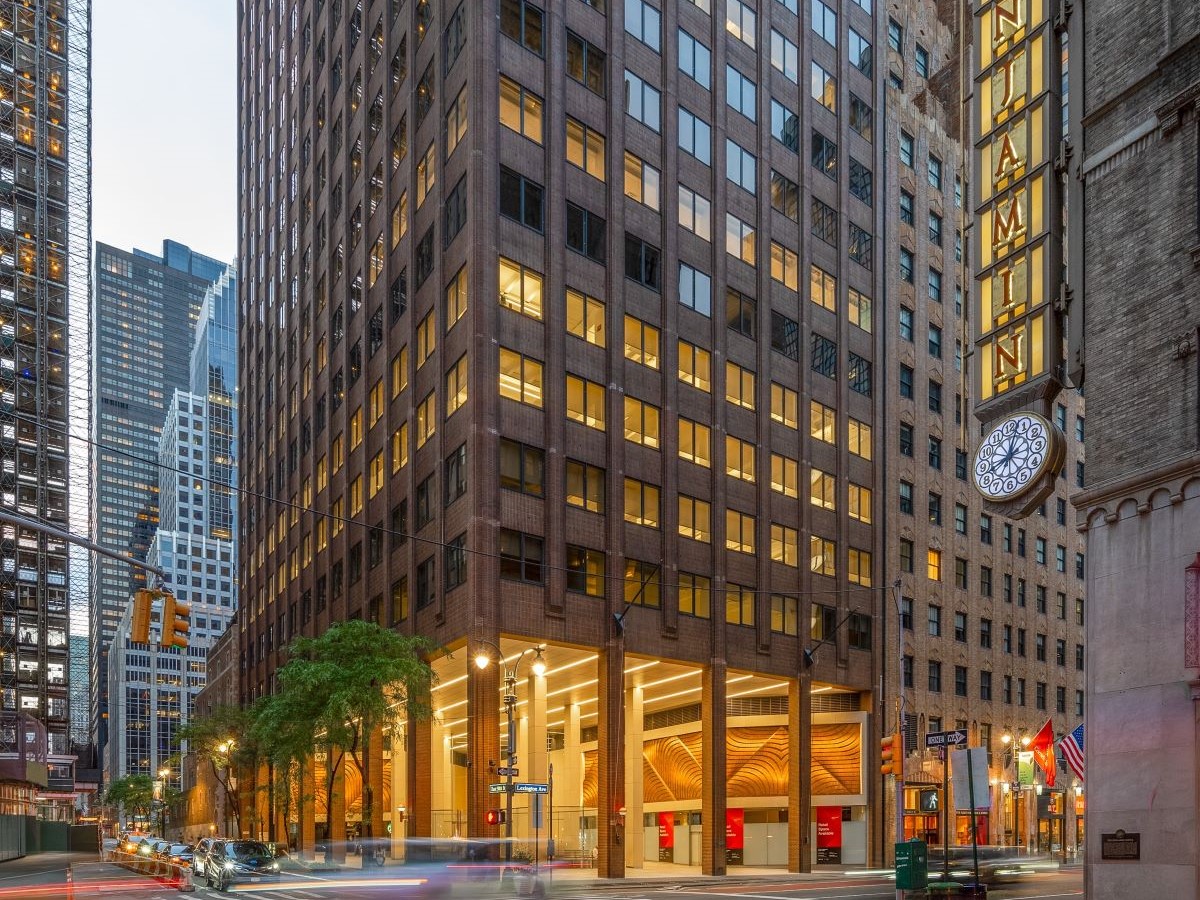Managing Megadevelopments: An Insider’s View
Cushman & Wakefield’s Christy Means discusses proptech’s influence on office operations and why it's important for property management firms to be involved in the development stage of an asset.

Christy Means, Managing Director of Asset Services, Cushman & Wakefield. Image courtesy of Cushman & Wakefield
Following a massive influx of both businesses and residents, the Dallas-Fort Worth market is in the midst of a development boom. Yardi Matrix shows the metro has nearly 9 million square feet of office space under construction, with more than three quarters of the 36 projects being developed speculatively.
The largest project underway is KDC’s build-to-suit headquarters development for Pioneer Natural Resources in the Las Colinas submarket. General contractor Austin Commercial began work on the 1.1 million-square-foot project in summer 2017, after the developer secured $347.8 million in construction financing. In August, KDC selected Cushman & Wakefield to oversee property management for the asset.
READ ALSO: Cushman & Wakefield Tapped for HQ at $1B Dallas Campus
Commercial Property Executive spoke with Cushman & Wakefield’s Christy Means, managing director of asset services in Dallas, about property operations in the metroplex and how managing single-tenant properties can present unique challenges.
While Dallas is currently the picture of real estate health, how exposed is the metro’s office market to an economic downturn?
Dallas is a diversified economy, and we are blessed to have learned from past mistakes by not placing all our eggs in one basket. Dallas has been smart in attracting new business that not only diversifies our market but strengthens our economy by bolstering other service lines. Since the last downturn in 2008 and 2009, the Dallas-Fort Worth metro has seen an influx of companies moving from states such as California, including Core-Mark, Jamba Juice, McKesson, Mede Analytics and Toyota.
And we are far removed from the savings and loan fiasco of the 80s, thanks to myriad new industries in DFW such as retail, auto, medical, health care, energy, real estate and finance—and the list goes on. Dallas is well poised to not only survive the next downturn but to be a strong force to contend with for future economic growth.
READ ALSO: Texas’ Top Office Deliveries
With more than 8 million square feet of office space under construction, is Dallas at risk of oversupply?
Dallas is a very attractive market for new growth and development. In general, developers have been more thoughtful in planning future developments by having a tenant in tow rather than building speculative space. Not to say that we do not have some pockets of vacancy to fill, but, considering the population and economic projections for the DFW market, we are currently in a healthy position for growth. It’s likely that you’ll see the economy slow down a bit in 2020 because it is an election year, and developers will pause if there is uncertainty in the market.
What can a property manager do to ensure the stability of an office portfolio?
Tenant retention is a key element of a stabilized office portfolio. Today’s tenants crave more amenities and hospitality-based services than years past. They want to be engaged and be part of a community. So, they like cornhole games, ice cream socials and tenant events and activities that draw people together.
They also expect a certain level of service from everyone they encounter, from the security guard to the day porter. The expectation is friendly, customer-centric service. Consistency in service level is key. Even if the answer to a tenant request is no, we always try to come up with recommendations or suggestions on how to get what they want, without a harsh response. Tenants appreciate that you care and try to make the effort. It really does affect their attitude about the building and their long-term goals to stay. This ultimately results in a more stable office environment.

Cushman & Wakefield will manage Pioneer Natural Resources’ headquarters in the Las Colinas submarket. Image courtesy of Austin Commercial
Tell us about the amenities that today’s office tenants are looking for. Which ones offer the best bang for their buck?
Tenants and employers have shifted their focus to wellness. Not only do fitness centers check the box during property tours, but healthy food options, wellness activities and fitness options top the list of needs and wants from employers and tenants.
Tenants also crave collaboration areas and activities—places to visit, meet and work wirelessly. However, employees have learned that collaboration areas and cubes are not functional for when they need to focus on their work without disruption, so they look for quiet spots to sit and work.
How has new technology disrupted property management?
Technology has made the property manager’s job more efficient. We can approve invoices, timesheets and conference room requests all from our smart phones. Building maintenance teams can diagnose mechanical issues on their tablets instantly, as well as process work orders from their phones. Technology will continue to improve the efficiencies in our workforce.
While proptech companies … are ultimately replacing the need for a real estate agent in residential real estate, there are myriad responsibilities that a property management team does that could not be replicated by technology. Property managers interface with tenants regarding operational issues, tenant-related matters and financial disputes, among other issues. While technology can help make the commercial property manager’s job easier, it cannot replicate the hands-on experience of property managers—professionals who are versed in the finance, operations, construction and sales strategy of a building.
What challenges are unique to managing single-tenant assets?
Single-tenant properties can sometimes be a little more challenging. One of the risks with having a single-tenant building is the potential for that tenant to become insolvent or perhaps have their spatial needs change. So, the landlord has to weigh the credit risk of that occurring and determine if it is a fit for their portfolio. If the tenant has a need to downsize, you then have to go through the exercise of converting it to multi-tenant, which can be very costly.
What role should a property manager ideally have before an office development is complete?
We always appreciate the opportunity to get involved early into a development, to help catch items that would otherwise be an afterthought. In my experience, our team has helped catch errors such as forgetting to add a mailroom to a multi-tenant building or not adding a water source for the janitorial team on a multi-story building. The fact that our teams were engaged early enabled us to help guide decisions on finish-out that resulted in cost savings for future maintenance.
Additionally, our maintenance team can lend their expertise on mechanical decisions that help ensure the buildings are properly air balanced for the future. Being active and engaged early on in the development process tends to lead to fewer costly errors in the future.









You must be logged in to post a comment.